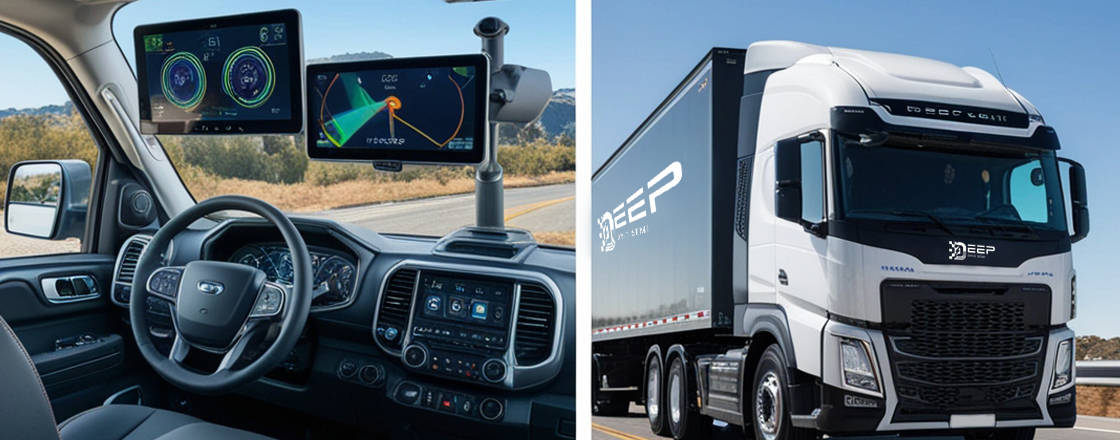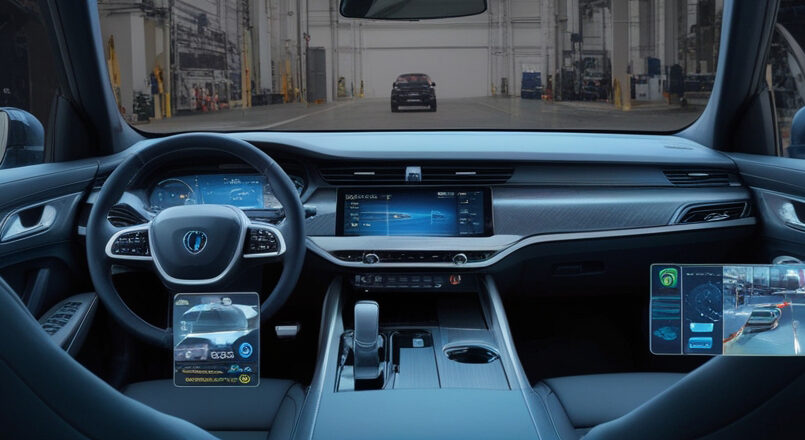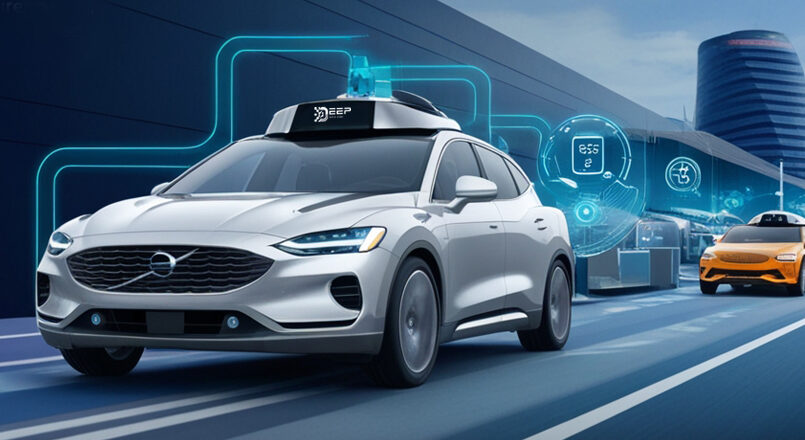Simulation Software in Autonomous Driving: Why It Matters and How DeepGrid Is Leading the Way
The journey towards fully autonomous vehicles is as challenging as it is exciting. These vehicles are not just cars but highly complex systems integrating perception, prediction, planning, and control to navigate the world safely and efficiently. To make this vision a reality, rigorous testing and validation are essential, and simulation software has emerged as the cornerstone of this process.
At DeepGrid, we are at the forefront of this revolution, leveraging cutting-edge simulation tools like CARLA to enable end-to-end testing and development of autonomous driving systems. Here’s a closer look at why simulation matters and how DeepGrid is making a difference.
The Importance of Simulation in Autonomous Driving
- Risk-Free Testing in Diverse Scenarios Simulation allows developers to test autonomous driving systems under a wide variety of scenarios without the risks associated with real-world testing. Whether it’s navigating a crowded urban street, handling heavy rainfall, or managing unpredictable behavior from other road users, simulation provides a safe environment to evaluate vehicle responses.
- Cost-Effective and Scalable Real-world testing is expensive and time-consuming. Simulation, on the other hand, can run thousands of tests simultaneously, offering scalability and cost efficiency that traditional methods cannot match. Developers can replicate rare or dangerous scenarios repeatedly without logistical hurdles.
- Accelerated Time to Market By identifying issues early in the development process, simulation reduces the need for extensive physical prototyping. This acceleration not only minimizes costs but also shortens the time it takes to bring autonomous systems to market.
- Ensuring Safety and Compliance Safety is paramount in autonomous driving. Simulation provides the ability to test compliance with safety standards like ISO 26262 and SOTIF (Safety of the Intended Functionality), ensuring systems are robust enough to handle real-world conditions.
DeepGrid’s Role: Empowering Developers with CARLA
At DeepGrid, our simulation platform is built to address the challenges of developing and validating autonomous driving systems. By integrating CARLA, an open-source simulator for autonomous driving research, we provide end-to-end solutions that cover every aspect of the development pipeline:
1. Perception: Simulating Sensor Data
Our simulation platform replicates the inputs from cameras, LIDAR, radar, and other sensors, enabling developers to train and test perception algorithms in highly realistic virtual environments.
2. Prediction: Handling Dynamic Environments
Understanding and predicting the behavior of other road users is crucial. Our CARLA-based simulation framework includes advanced traffic and pedestrian models to test prediction algorithms against dynamic and unpredictable scenarios.
3. Planning: Charting Safe Paths
Autonomous vehicles must plan optimal routes in real-time while avoiding obstacles and ensuring passenger safety. DeepGrid’s simulation environment allows developers to evaluate planning algorithms in complex traffic conditions.
4. Control: Ensuring Precision and Stability
Control systems ensure that vehicles execute planned actions accurately, from braking to steering. Our platform enables testing these systems under diverse terrains and conditions, ensuring reliability.
Features That Set DeepGrid’s Simulation Apart
- Hyper-Realistic Environments From bustling urban streets to remote highways, our software recreates a wide range of real-world scenarios with unparalleled detail.
- Weather and Lighting Variations Test how systems handle fog, rain, snow, and varying lighting conditions, ensuring reliability in all types of weather and times of the day.
- Modular and Scalable Architecture Developers can focus on specific aspects of the system or conduct full-stack testing, making the platform suitable for both startups and established OEMs.
- Integration with ADAS Development Our platform is optimized for Advanced Driver Assistance Systems (ADAS), enabling clients to refine features like adaptive cruise control, lane-keeping, and automated parking.
- Data-Driven Insights Every simulation generates rich datasets that help developers analyze performance, identify bottlenecks, and improve system efficiency.
Why Virtual Testing is the Future
As autonomous driving technology evolves, regulatory bodies and industry standards are increasingly emphasizing the importance of virtual testing. By simulating millions of miles in varied conditions, virtual testing not only ensures safety but also builds trust among stakeholders, from manufacturers to consumers.
DeepGrid’s simulation solutions not only help companies meet these stringent standards but also position them for success in a competitive market. With our expertise and tools, clients can accelerate their time to market, reduce costs, and deliver safer, smarter vehicles.
Conclusion
Autonomous driving represents the future of mobility, and simulation is the backbone of this transformation. At DeepGrid, we’re committed to driving this future forward with state-of-the-art simulation software that empowers developers to create safer, more efficient systems.
By integrating platforms like CARLA into our solutions, we enable clients to tackle the most complex challenges of autonomous driving development, from perception to control. Together, we’re paving the way for a world where vehicles are smarter, roads are safer, and mobility is accessible to all





